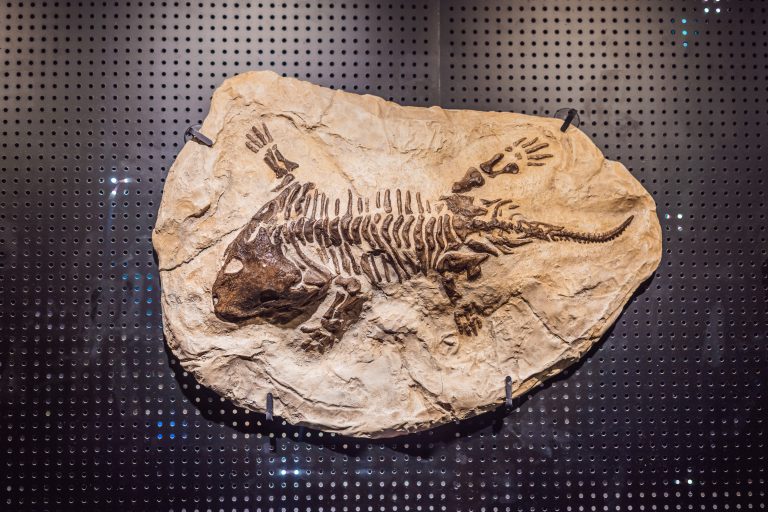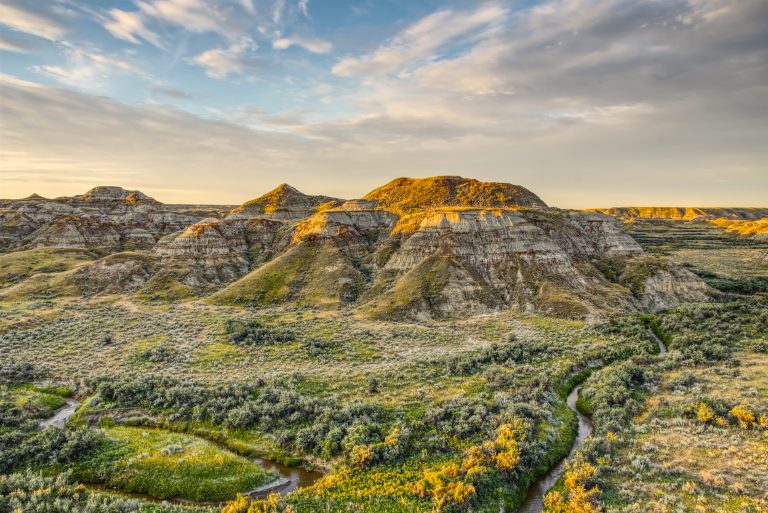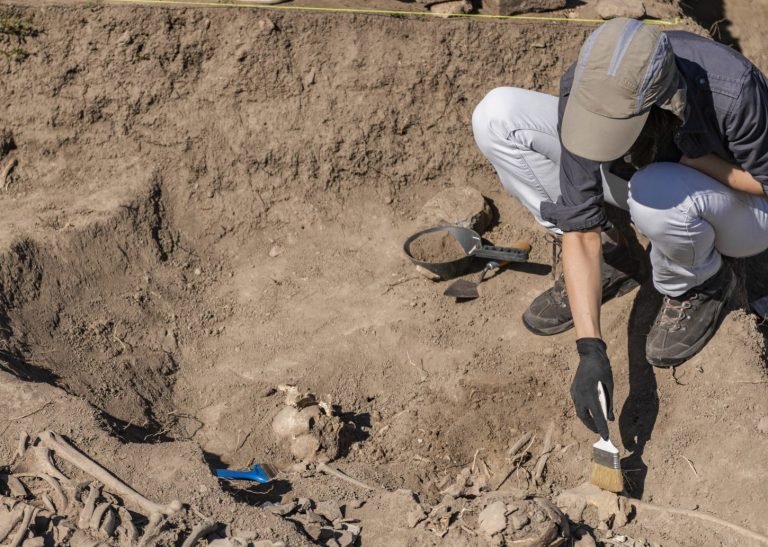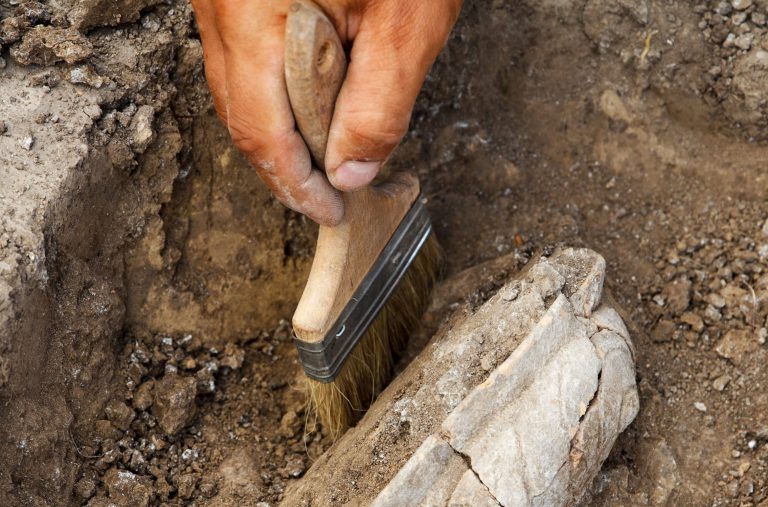5 Key Differences: Paleontology vs. Archeology

Exploring the echoes of history divides into two captivating routes: paleontology and archaeology. Both unravel tales of ancient times, yet with distinct narratives. Let me illuminate these contrasts through the lens of someone who’s wandered dusty digs and admired ancient lives.
The fields of paleontology and archaeology are like two different time machines, each set to vastly different destinations. While they both explore the depths of what came before us, they differ in their focus and the secrets they aim to unravel. As a travel writer who’s witnessed both, I can tell you that the thrill of each discovery is as unique as the disciplines themselves.
Paleontology transports us back to the times when monstrous creatures roamed the earth, leaving behind fossils that tease us with glimpses of their existence. Archaeology, on the other hand, is like a detective story set in the more recent past, where human cultures and societies left their marks.
Defining Paleontology
Paleontology is the science of prehistoric life, extending beyond dinosaurs to include all forms of life that existed millions of years ago. It’s a world where the remains of creatures that once thrived are now encapsulated in stone, and each fossil is a chapter of Earth’s grand narrative.
Hey hey! Don’t forget to subscribe to get our best content 🙂
As a paleontological enthusiast, I’ve stood in the shadow of ancient beasts, imagining the earth trembling under their weight. This field relies heavily on the biological and geological sciences, piecing together the puzzle of life’s evolution across vast eons.
Understanding Archaeology
Archaeology is the study of human history and prehistory through the excavation of sites and the analysis of artifacts and other physical remains. Unlike paleontology, archaeology often feels more intimate, as it deals with objects that our ancestors might have touched or created.
I’ve held pottery shards that once served a family’s dinner—a humbling reminder of the everyday lives that shaped our history. Archaeologists are detectives of time, reconstructing the narratives of ancient civilizations and bringing them to light.
Difference in Time Frames
One of the most striking differences between paleontology and archaeology is the time frame. Paleontology delves into deep time, often millions of years into the past, when life on Earth was a vastly different tableau.
I’ve marveled at fossils that predate the first human by a timeline so immense, it’s mind-boggling. Archaeology, meanwhile, deals with the more recent past, from the development of human tools to the rise and fall of empires. The human story, in archaeological terms, is but a blink in the grand timeline of our planet.
Types of Remains Studied

Paleontologists are like librarians of Earth’s biological history, cataloging the remains of plants, animals, and microorganisms that have been preserved as fossils. These range from the imprint of a leaf on a slab of rock to the towering bones of a T-rex.
In archaeology, the focus shifts to human-related artifacts—tools, buildings, art, and even the remnants of meals (who knew ancient leftovers could be so intriguing?). Both fields offer a treasure trove of insights, but the treasures themselves differ vastly.
Research Methodologies
The approaches to uncovering the past differ between paleontology and archaeology. Paleontologists often work in layers of sedimentary rock, searching for fossils that tell the story of life’s evolution. Their methodology is a blend of patience and precision, as they carefully extract fossils from their rocky tombs.
Archaeologists, on the other hand, might sift through the remains of a settlement, meticulously cataloging each artifact to piece together the puzzle of human history. Both fields are methodical, but their techniques and goals are tailored to their unique pursuits.
Tools of the Trade

The tools used by paleontologists and archaeologists may look similar to the untrained eye—brushes, picks, and trowels—but their applications are distinct. Paleontologists often require heavier tools for chipping away at the rock, while archaeologists use finer instruments for delicate excavation work.
As someone who’s tried their hand at both, I can attest to the rush of using a rock hammer to reveal a fossil, just as I’ve felt the careful thrill of uncovering a shard of ancient pottery.
Academic Paths Compared
If you’re considering a career in either field, be prepared for a long academic journey. Paleontologists typically study geology and biology, immersing themselves in the science of ancient life.
Archaeologists, meanwhile, often focus on anthropology or history, aiming to understand the cultural and societal aspects of past humans. Both paths are rigorous, requiring a blend of in-field experience and scholarly research. It’s a commitment to the past that shapes our understanding of the world.
Impact on Human History
The impact of paleontology and archaeology on our understanding of human history is profound. Paleontology provides a context for our place within the vast tapestry of life, reminding us that we are but recent arrivals to a very old planet.
Archaeology brings us face-to-face with our ancestors, offering a direct connection to the cultures and societies that have paved the way for our modern world. Both fields enrich our knowledge and challenge our perceptions of time and existence.
Conclusion: Complementary Sciences
In the grand scheme of things, paleontology and archaeology are complementary sciences, each contributing to a fuller picture of our world’s history. While their differences are significant, their combined insights bridge the gap between the ancient earth and the dawn of humanity.
As someone who’s explored the remnants of both prehistoric beasts and ancient cultures, I can say that each field has its allure, its own story to tell. So, whether you’re drawn to the bones of the past or the relics of human endeavor, there’s a whole world waiting to be discovered.
As we’ve journeyed through the distinctions between paleontology and archaeology, it’s clear that each field offers its unique window into the past. Whether it’s the thrill of unearthing a fossil or the intrigue of recovering a lost artifact, both disciplines allow us to connect with the history of our planet and the legacy of humanity in profound ways.





